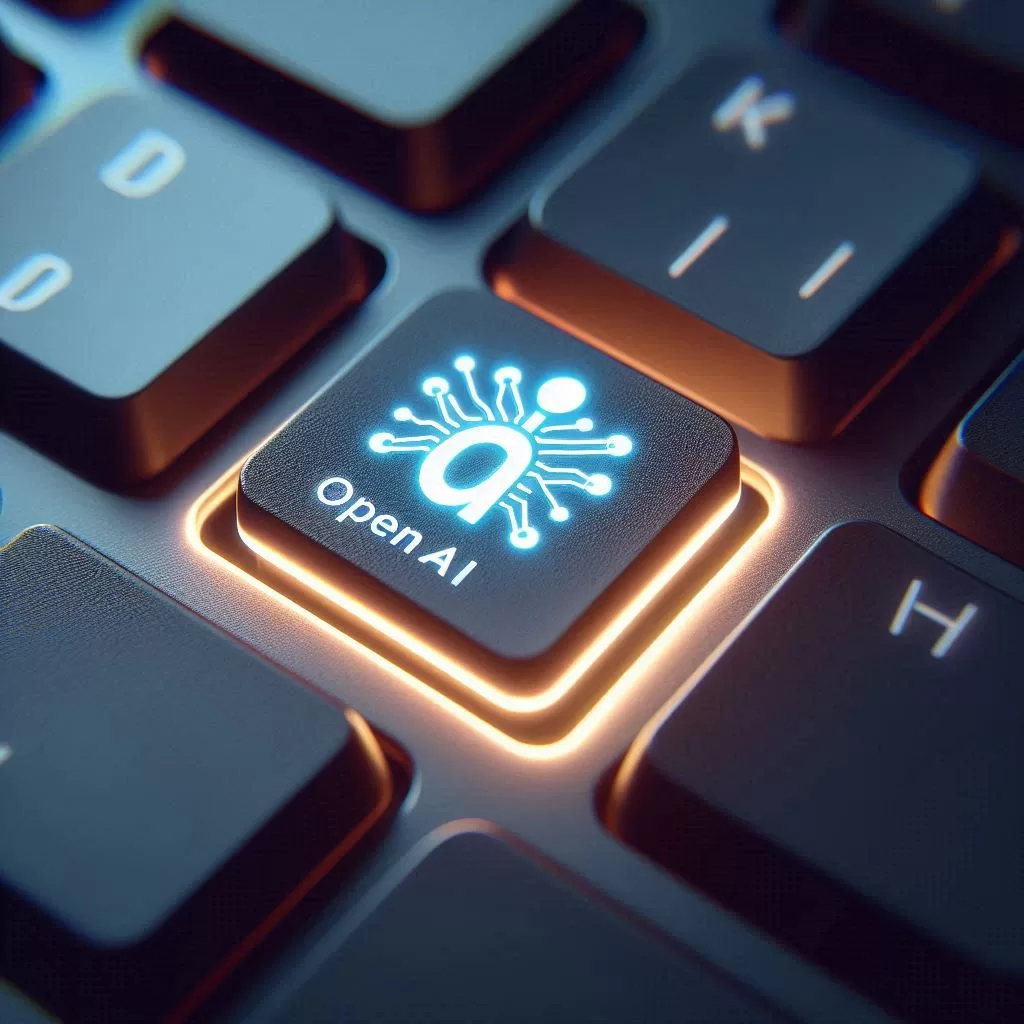OpenAI, the renowned artificial intelligence company, is on the brink of a significant transformation in its corporate structure. This change is driven by the need to attract substantial investment and align more closely with traditional business models.
Recent reports indicate that OpenAI is in discussions to raise $6.5 billion at a pre-money valuation of $150 billion. However, this deal hinges on the company’s ability to restructure and eliminate the profit cap currently in place for investors. This profit cap has been a point of contention, as it limits the returns investors can expect, making it less attractive for potential backers.
Sam Altman, co-founder and CEO of OpenAI, addressed this issue in a company-wide meeting, revealing that the corporate structure is likely to change next year. The current structure, where a non-profit entity controls the for-profit arm, has been described as unusual and has caused frustration among investors. Altman emphasized that this restructuring would bring OpenAI closer to a traditional for-profit business model, which is expected to be more appealing to investors.
Despite the impending changes, OpenAI remains committed to its mission of developing AI that benefits everyone. In a statement, the company reiterated that the non-profit aspect of its structure is core to its mission and will continue to exist. This dual commitment to profit and purpose is a delicate balance that OpenAI aims to maintain as it navigates this transition.
The restructuring is not just about appeasing investors; it also reflects the company’s growth and the evolving landscape of AI technology. OpenAI has grown rapidly, and its current structure may no longer be suitable for its scale and ambitions. By adopting a more conventional corporate structure, OpenAI hopes to streamline its operations and enhance its ability to innovate and compete in the AI industry.




This move is also seen as a strategic step to secure long-term sustainability and success. With the AI market becoming increasingly competitive, having a structure that supports rapid growth and investment is crucial. The new structure is expected to provide OpenAI with the flexibility and resources needed to continue its pioneering work in AI research and development.
Investors have welcomed the news of the potential restructuring, viewing it as a positive step towards maximizing their returns. The removal of the profit cap is particularly appealing, as it aligns OpenAI with the expectations of traditional venture capital and private equity investors6. This change is likely to attract a broader range of investors, further boosting the company’s financial strength.
However, the transition is not without its challenges. Balancing the interests of investors with the company’s mission-driven goals will require careful planning and execution. OpenAI’s leadership will need to navigate these complexities to ensure that the restructuring achieves its intended outcomes without compromising the company’s core values.
The decision to restructure also reflects broader trends in the tech industry, where companies are increasingly adopting hybrid models that combine profit and purpose. This approach allows companies to attract investment while maintaining a focus on social impact. OpenAI’s restructuring could serve as a model for other tech companies facing similar challenges.
As OpenAI prepares for this significant change, the company is likely to undergo a period of transition and adjustment. Employees, stakeholders, and partners will need to adapt to the new structure and the opportunities and challenges it brings. Effective communication and leadership will be key to managing this transition smoothly.
The restructuring is expected to be completed next year, marking a new chapter in OpenAI’s journey. This change is anticipated to position the company for continued growth and success in the rapidly evolving AI landscape. By aligning its structure with its strategic goals, OpenAI aims to enhance its ability to innovate and lead in the AI industry.
In conclusion, OpenAI’s decision to alter its corporate structure is a strategic move aimed at attracting investment and supporting its long-term growth. While the transition presents challenges, it also offers significant opportunities for the company to enhance its operations and impact. As OpenAI navigates this change, it remains committed to its mission of developing AI that benefits everyone.
The upcoming restructuring is a testament to OpenAI’s adaptability and forward-thinking approach. By embracing change and aligning its structure with its goals, OpenAI is positioning itself for continued success in the dynamic AI market. This move underscores the importance of flexibility and innovation in the tech industry.
OpenAI’s journey is a reminder that even the most innovative companies must evolve to stay competitive. The restructuring is a bold step that reflects the company’s commitment to growth and excellence. As OpenAI embarks on this new chapter, it will continue to push the boundaries of AI technology and its applications.
Ultimately, OpenAI’s restructuring is about more than just financial gains. It is about creating a sustainable and impactful organization that can drive positive change through AI. By aligning its structure with its mission, OpenAI aims to build a future where AI benefits everyone.
As the company moves forward, it will be closely watched by the tech industry and investors alike. OpenAI’s ability to successfully navigate this transition will set a precedent for other companies in the AI space. The restructuring marks a pivotal moment in OpenAI’s history, one that will shape its future trajectory and impact.





